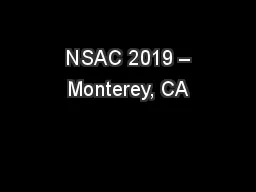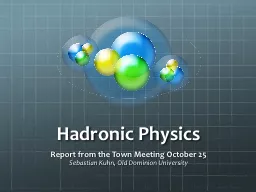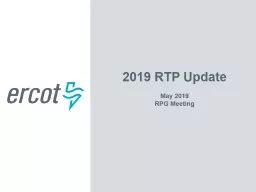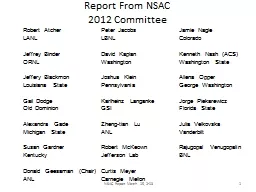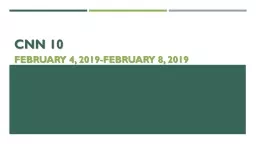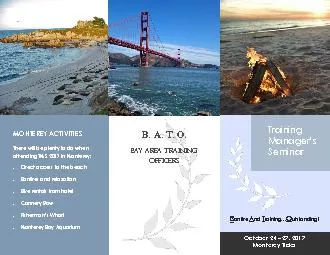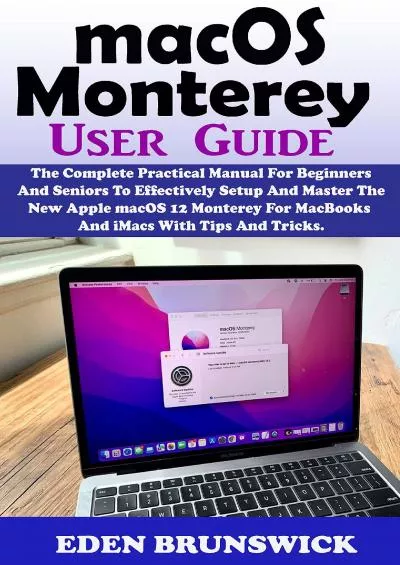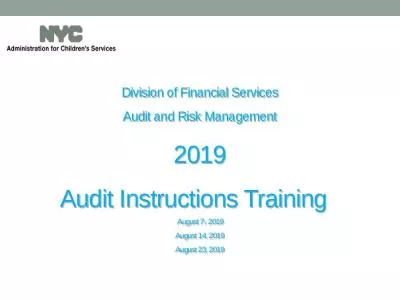PPT-NSAC 2019 – Monterey, CA
Author : min-jolicoeur | Published Date : 2020-04-05
ASC 606 Revenue from Contracts with Customers May 23 2019 Kdeep Dhaliwal Partner for Moss Adams LLP Overview of ASC 606 Revenue from Contracts with Customers FiveStep
Presentation Embed Code
Download Presentation
Download Presentation The PPT/PDF document " NSAC 2019 – Monterey, CA" is the property of its rightful owner. Permission is granted to download and print the materials on this website for personal, non-commercial use only, and to display it on your personal computer provided you do not modify the materials and that you retain all copyright notices contained in the materials. By downloading content from our website, you accept the terms of this agreement.
NSAC 2019 – Monterey, CA: Transcript
Download Rules Of Document
" NSAC 2019 – Monterey, CA"The content belongs to its owner. You may download and print it for personal use, without modification, and keep all copyright notices. By downloading, you agree to these terms.
Related Documents

